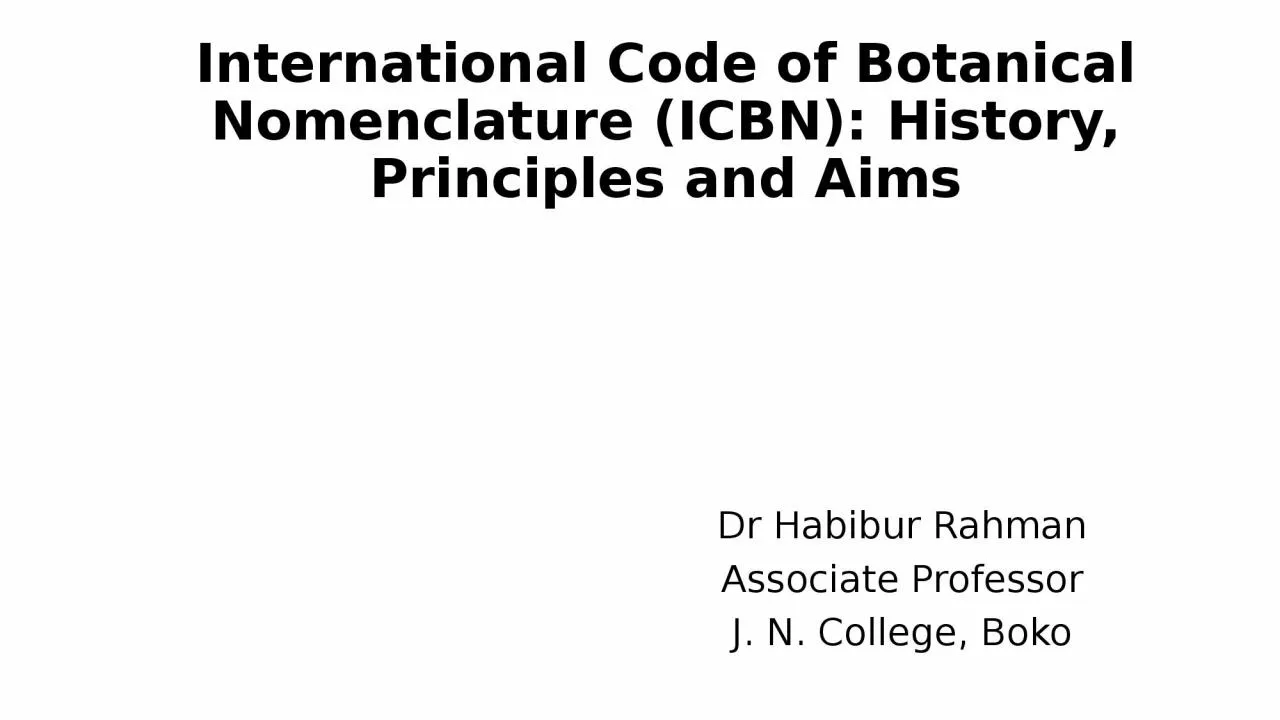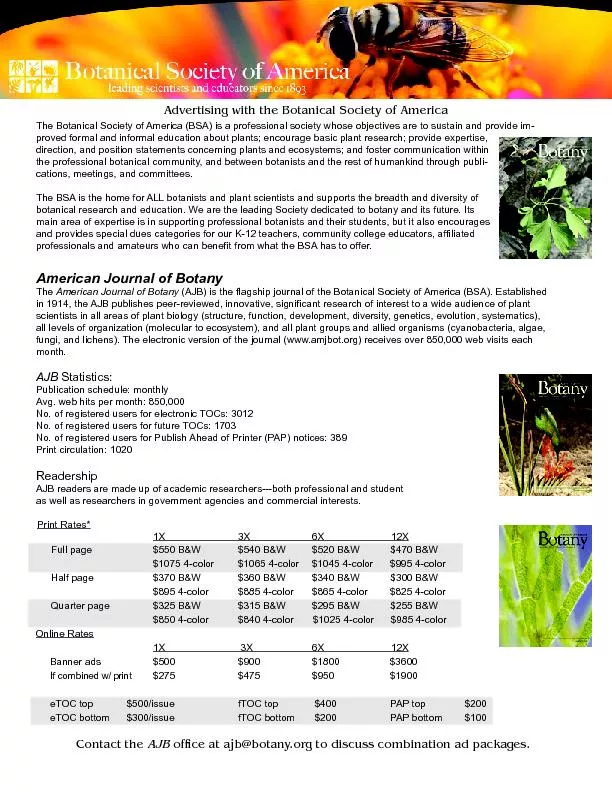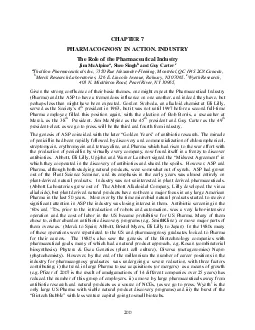PPT-International Code of Botanical Nomenclature (ICBN): History, Principles and
Author : heavin | Published Date : 2023-07-22
Aims Dr Habibur Rahman Associate Professor J N College Boko Botanical Nomenclature The art of giving the names of any object is known as nomenclature The art of
Presentation Embed Code
Download Presentation
Download Presentation The PPT/PDF document "International Code of Botanical Nomencla..." is the property of its rightful owner. Permission is granted to download and print the materials on this website for personal, non-commercial use only, and to display it on your personal computer provided you do not modify the materials and that you retain all copyright notices contained in the materials. By downloading content from our website, you accept the terms of this agreement.
International Code of Botanical Nomenclature (ICBN): History, Principles and: Transcript
Download Rules Of Document
"International Code of Botanical Nomenclature (ICBN): History, Principles and"The content belongs to its owner. You may download and print it for personal use, without modification, and keep all copyright notices. By downloading, you agree to these terms.
Related Documents













![READ [PDF] 2006 International Existing Building Code (International Code Council Series)](https://thumbs.docslides.com/1020206/read-pdf-2006-international-existing-building-code-international-code-council-series.jpg)
